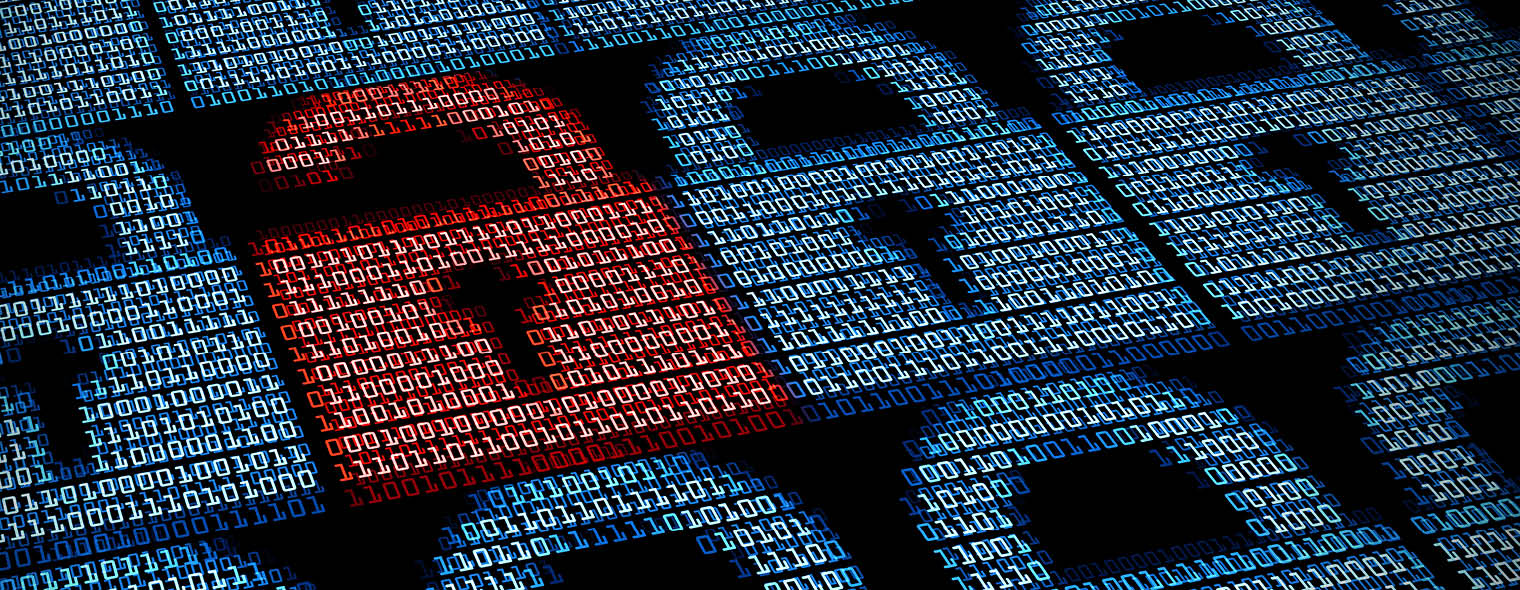Most airports provide free Wi-Fi for visitors. This is convenient for business travelers who work on their laptops while waiting for their flights.
Taking advantage of this convenience can be risky. The risk level, though, is not the same across all airports. Security researchers came to this conclusion after they gathered and analyzed data from the 45 busiest US airports over a five-month period, starting in January 2018. According to a Coronet study, these four airports are the riskiest:
1. San Diego International Airport in California.
There is a 30 percent chance of connecting to a medium-risk network and a 11 percent chance of connecting to high-risk hotspot at this airport. The researchers even found an “evil twin” Wi-Fi access point with the name “#SANfreewifi”, which was being used for Address Resolution Protocol (ARP) poisoning attacks. With this type of attack, cybercriminals can eavesdrop on the data being sent over the Wi-Fi network, steal sensitive data, and carry out other malicious activities.
2. John Wayne Airport-Orange County Airport in California.
At this facility, the probability of connecting to a medium-risk hotspot is 26 percent, while the probability of connecting to high-risk one is 7 percent.
3. Houston William Hobby International Airport in Texas.
When the researchers were scanning the Wi-Fi networks at this airport, they found a cybercriminal using a Wi-Fi hotspot named “SouthwestWiFi” to perform on attacks on SSL/HTTPS traffic. This is one reason why there is a 21 percent chance of connecting to a medium-risk network at this facility and a 6 percent chance of connecting to high-risk one.
4. Southwest Florida International Airport.
At this location, the probability of connecting to a medium-risk hotspot is 19 percent, while the probability of connecting to high-risk one is 6 percent.
These percentages might not seem too bad until you compare them to the national level. When looking at all 45 airports as a whole, there is only a 1 percent chance of connecting to a medium-risk network and a 0.6 percent chance of connecting to high-risk hotspot. So, if you are visiting one of these four airports, you should be more vigilant about security if you plan to use free Wi-Fi there.
How to Protect Your Business Data While Using Free Airport Wi-Fi
No matter where you are, it is a good idea to do the following if you use plan to use free Wi-Fi:
Protect your laptop with a password. It will make your machine harder to hack.
- Remove files and folders containing sensitive data from your laptop if you do not need them during the business trip. If that is not possible, consider protecting those files and folders with a password.
- Disable file and folder sharing. That way, if cybercriminals get access to your laptop through a malicious hotspot, they won’t be able to access any shared files and folders.
- Make sure you connect to the airport’s official Wi-Fi network. You can check the airport’s website for its Wi-Fi network’s name before leaving on your trip or ask an airport employee for this information. You could also use Wi-Fi Sense if your laptop is running Windows 10. Wi-Fi Sense connects you to nearby open hotspots that are known to be safe and reliable.
- Make sure your laptop’s operating system software and apps have the latest updates. Hackers have tools that can quickly scan computers connected to a Wi-Fi network. These tools look for software with unpatched vulnerabilities. When found, the hackers try to exploit the vulnerabilities in an effort to install malware on the computers.
- Use a virtual private network (VPN) if you travel often. With a VPN, you can create a secure connection within an unsecured public Wi-Fi network, which will keep your data safe.
- Make sure your data is backed up in case a cybercriminal uses a malicious Wi-Fi hotspot to compromise your data.

